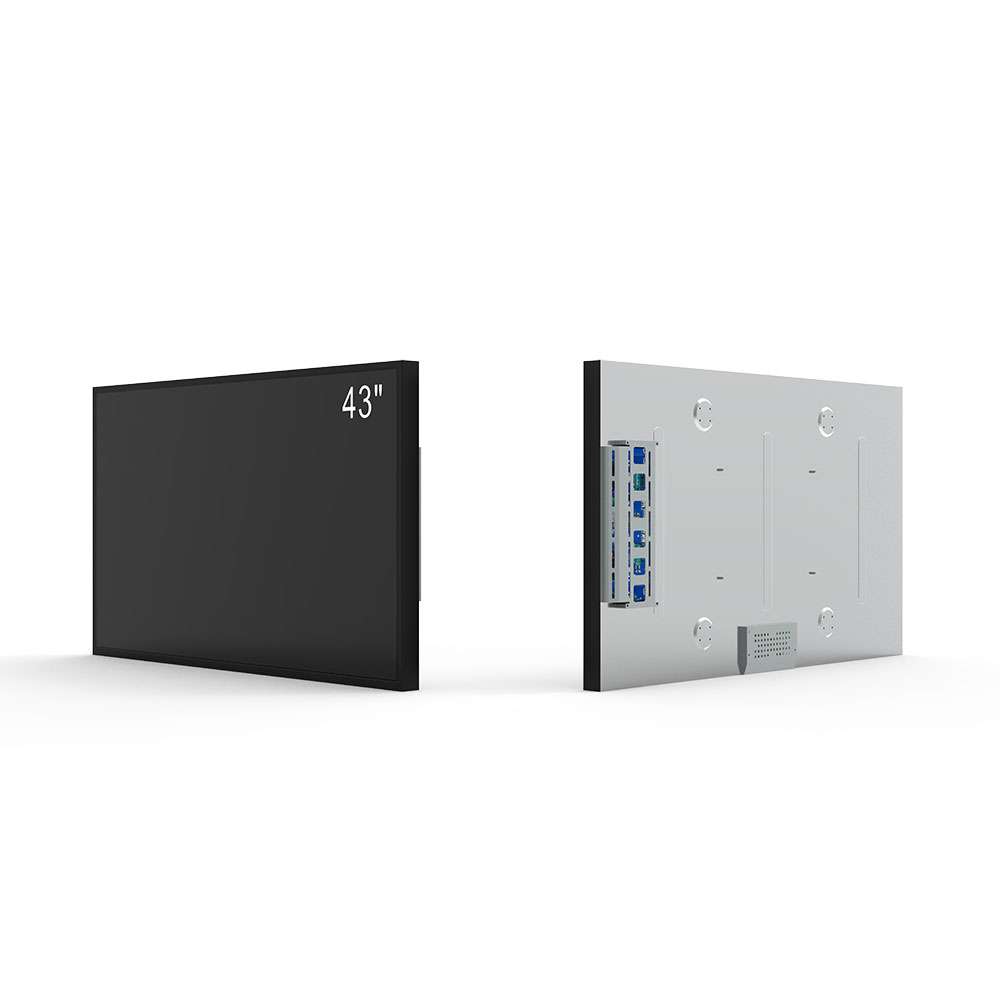When designing or deploying outdoor electronic systems—from industrial control panels to mobile command centers—selecting a sunlight readable high brightness LCD screen is critical for ensuring visibility, reliability, and user safety under harsh environmental conditions. These screens are engineered to perform in direct sunlight, where ambient light can overwhelm standard displays, rendering them unusable.
Why Brightness Matters in Outdoor Displays
Standard LCDs typically operate at 250–350 nits of brightness. In contrast, sunlight readable displays must exceed 1,500 nits, often reaching 5,000 nits or more. This range ensures visibility even under direct midday sun (which can reach up to 100,000 lux). The International Electrotechnical Commission (IEC) standards such as IEC 60068-2-1 for environmental testing and ISO 9241-30 for human-centered design reinforce the need for sufficient brightness levels in outdoor applications.
Key Technical Considerations

- Brightness Levels: For optimal performance, aim for at least 3,000 nits. Industrial-grade units often use LED backlighting with dynamic dimming to maintain efficiency without sacrificing visibility.
- Anti-Glare Coatings: Multi-layer coatings reduce reflection by over 90%, preventing image distortion from sunlight glint.
- Wide Viewing Angles: A minimum of 170° horizontal and vertical viewing angle ensures readability from multiple positions—a necessity in field operations.

- Environmental Durability: IP65 or higher ingress protection is essential for dust and water resistance. Operating temperatures between -20°C to +70°C are common for ruggedized models.
- Power Efficiency: Modern high-brightness LCDs incorporate adaptive brightness control, reducing power consumption during low-light conditions while maintaining peak output when needed.
Real-World Case Studies
A leading defense contractor deployed 4K sunlight readable LCDs in tactical vehicles operating in Middle Eastern deserts. By selecting 5,000-nit panels with anti-glare coatings and military-grade durability (MIL-STD-810G compliance), they reduced operator error by 40% compared to legacy 1,500-nit displays. Similarly, a utility company in Australia replaced standard LCDs in solar farm monitoring stations with 3,500-nit modules, increasing maintenance efficiency by 30%.
Choosing the Right Partner
Not all manufacturers meet the rigorous demands of outdoor use. Look for suppliers certified to ISO 9001, with proven track records in aerospace, defense, and industrial sectors. Custom solutions—such as embedded touchscreens with glove compatibility or ruggedized bezels—are often necessary for mission-critical deployments.
In summary, sunlight readable high brightness LCDs are not just about brightness—they’re about system integration, environmental resilience, and long-term operational success. Whether you're building a portable medical device, a fleet management dashboard, or an autonomous vehicle interface, choosing the right display can be the difference between usability and failure.







